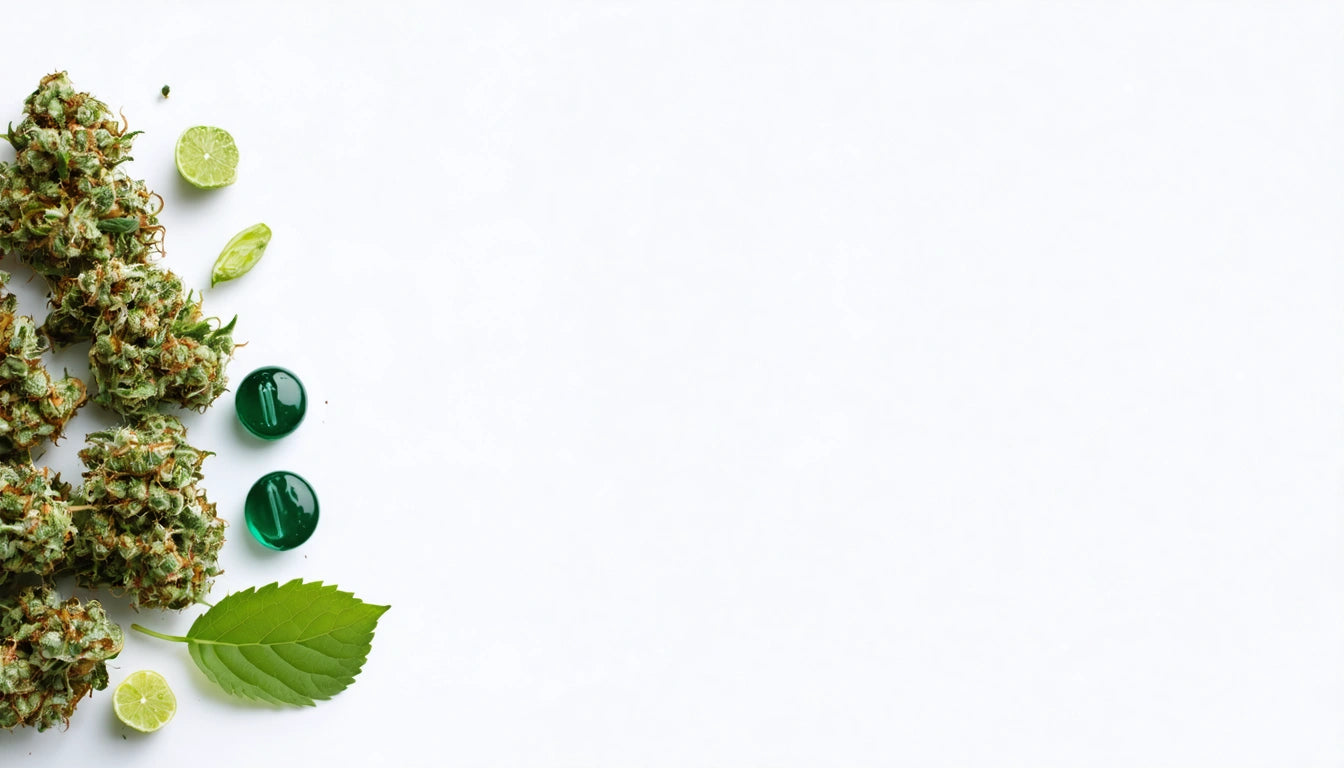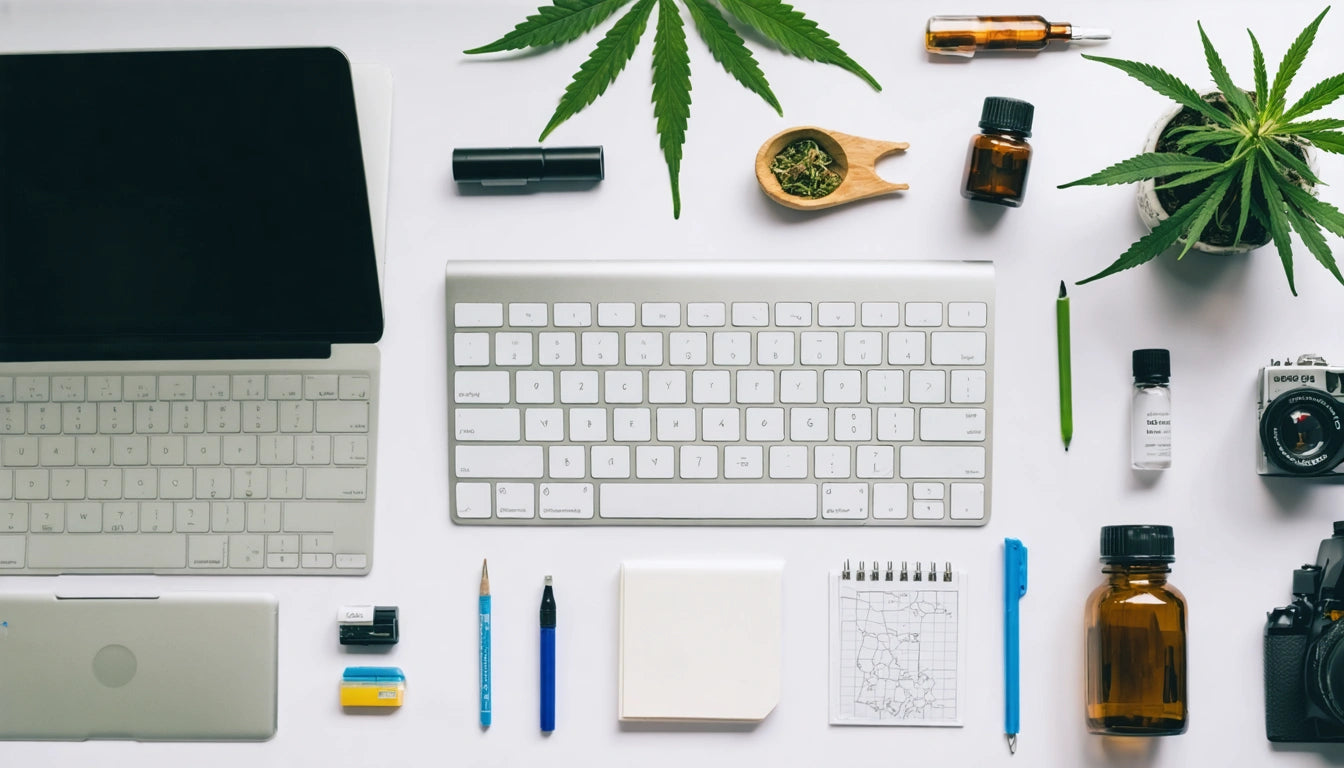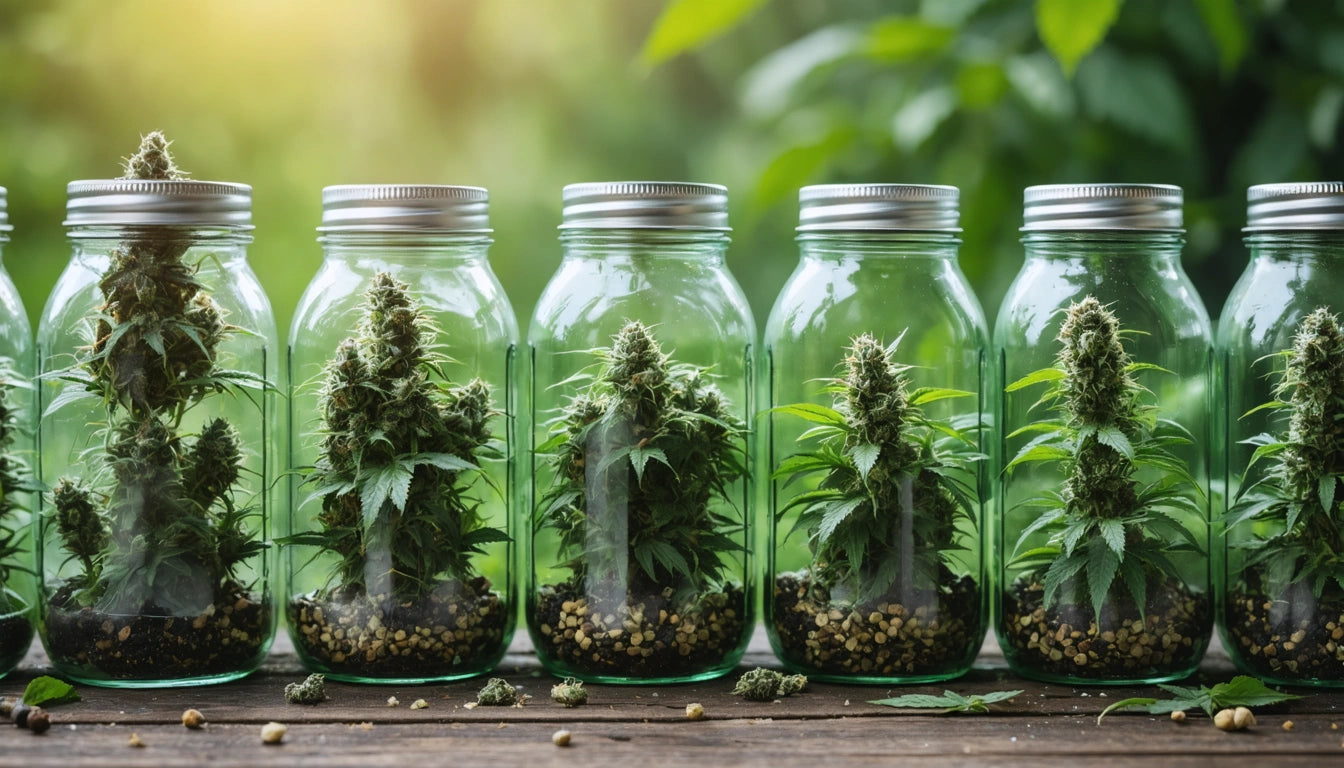Table of Contents
- Understanding 'Boof Weed': Terminology and Quality Indicators
- Can You Boil Weed? The Science of Water-Based Extraction
- Liquifying Cannabis: Methods and Applications
- Alternative Consumption Methods: Beyond Smoking
- Processing Equipment for Cannabis Preparation
- Safety Considerations for Unconventional Cannabis Processing
- Future Cannabis Innovations: Where Processing Methods Are Heading
Exploring Unconventional Methods of Consuming and Processing Weed
Cannabis consumption and processing methods continue to evolve beyond traditional smoking. From unusual terminology like "boof" to alternative preparation methods such as boiling or liquifying, consumers and processors are exploring new frontiers. This comprehensive guide examines these unconventional approaches, their effectiveness, safety considerations, and the science behind them.
Understanding 'Boof Weed': Terminology and Quality Indicators
The term "boof" in cannabis culture has multiple meanings that have evolved over time. When asking "what is boof weed," you're typically referring to cannabis of substandard quality. This slang originated from the practice of smuggling or concealing substances, but has transformed to describe low-grade cannabis with undesirable characteristics like excessive seeds, stems, or poor potency.
According to cannabis terminology guides, boof weed typically exhibits:
- Unpleasant aroma or taste
- Brownish coloration instead of vibrant greens
- Dry, brittle texture lacking proper moisture content
- Minimal trichome coverage
- Reduced potency and effects
The question "can you boof weed" refers to a different meaning altogether, describing an alternative consumption method involving rectal administration. This practice is not recommended by medical professionals due to safety concerns and lack of controlled research.
Can You Boil Weed? The Science of Water-Based Extraction
A common question among cannabis enthusiasts is "can you boil weed to activate it?" The short answer is that boiling alone isn't optimal for activation, but it can be part of certain extraction processes.
When cannabis is heated, a process called decarboxylation occurs, converting THCA (non-psychoactive) into THC (psychoactive). However, water boils at 212 °F (100 °C), which is lower than the ideal decarboxylation temperature of 220-245 °F (104-118 °C). Additionally, THC is not water-soluble but fat-soluble, meaning simply boiling cannabis in water won't effectively extract the desired compounds.
That said, boiling cannabis can be utilized in specific preparations:
- Creating cannabis tea when combined with a fat source like butter or coconut oil
- As a preliminary step in making cannabis butter or oil
- For making topical preparations when combined with other ingredients
For those wondering "can you boil weed" for consumption purposes, it's important to note that without proper decarboxylation and a fat-binding agent, the psychoactive potential will be significantly limited.
Liquifying Cannabis: Methods and Applications
The concept of liquifying cannabis has gained interest among processors and consumers alike. When asking "can you liquify weed," the answer is yes, through several methods:
Alcohol-Based Extraction
Ethanol extraction dissolves cannabinoids and terpenes, creating tinctures or the base for concentrates. This method efficiently pulls compounds from plant material, resulting in a liquid form that can be further refined.
Oil Infusion
Cannabis can be infused into carrier oils like MCT, olive, or coconut oil. These preparations maintain a liquid state at room temperature and can be used in cooking, topicals, or sublingual administration.
Hydrocarbon Extraction
Professional processors use butane, propane, or other hydrocarbons to create liquid concentrates that may later be refined into various consistencies from oils to waxes.
Liquified cannabis products offer precise dosing, discretion, and versatility in consumption methods compared to traditional flower. They're particularly valuable for medical patients requiring consistent dosing and those who prefer not to smoke.
Alternative Consumption Methods: Beyond Smoking
Beyond unconventional processing methods, cannabis consumption continues to diversify beyond traditional smoking. Alternative consumption guides highlight several emerging methods:
- Sublingual absorption using tinctures or strips
- Transdermal patches for slow-release effects
- Inhalers providing smoke-free inhalation
- Nasal sprays for rapid onset
- Suppositories for localized effects (different from the slang meaning of "boofing")
Each method offers distinct advantages in onset time, duration, bioavailability, and targeted effects. The diversification of consumption methods reflects the maturing cannabis market and increasing focus on medical applications.
Processing Equipment for Cannabis Preparation
Proper equipment is essential for safely and effectively processing cannabis into alternative forms. From home enthusiasts to commercial operations, specialized filling and processing equipment helps maintain consistency and quality when creating oils, tinctures, and other liquid preparations.
Key equipment categories include:
- Decarboxylation devices for proper activation
- Extraction systems ranging from simple to complex
- Filtering apparatus for removing plant material
- Precision filling machines for consistent dosing
- Homogenizers for ensuring uniform mixtures
The right equipment not only improves efficiency but also enhances safety by reducing exposure to heat, solvents, and other potential hazards during processing.
Safety Considerations for Unconventional Cannabis Processing
When exploring alternative processing methods like boiling or liquifying cannabis, safety should remain paramount. Important considerations include:
- Solvent safety: Alcohol and hydrocarbon extractions pose flammability risks
- Proper ventilation: All extraction processes should occur in well-ventilated areas
- Temperature control: Preventing overheating that can degrade cannabinoids or create hazards
- Quality ingredients: Using food-grade solvents and carriers for consumable products
- Testing: Verifying potency and purity, especially for concentrates
As noted in cannabis composition resources, different processing methods can significantly alter the cannabinoid and terpene profiles of the final product, affecting both safety and efficacy.
Future Cannabis Innovations: Where Processing Methods Are Heading
The cannabis industry continues to evolve rapidly, with processing and consumption methods becoming increasingly sophisticated. Emerging trends include:
- Targeted formulations combining specific cannabinoids and terpenes
- Nanotechnology enhancing bioavailability of cannabis compounds
- Solventless extraction techniques producing cleaner concentrates
- Water-soluble cannabinoid technology improving beverage options
- Precision dosing systems for medical applications
As research expands and technology advances, we can expect continued innovation in how cannabis is processed, prepared, and consumed. The days of simply asking "what does boof mean weed" are giving way to nuanced discussions about molecular gastronomy, pharmaceutical-grade preparations, and personalized cannabis experiences tailored to individual needs.
Whether you're a curious consumer or industry professional, understanding these unconventional methods provides valuable insight into the expanding possibilities of cannabis use and preparation beyond traditional consumption methods.











Leave a comment
All comments are moderated before being published.
This site is protected by hCaptcha and the hCaptcha Privacy Policy and Terms of Service apply.